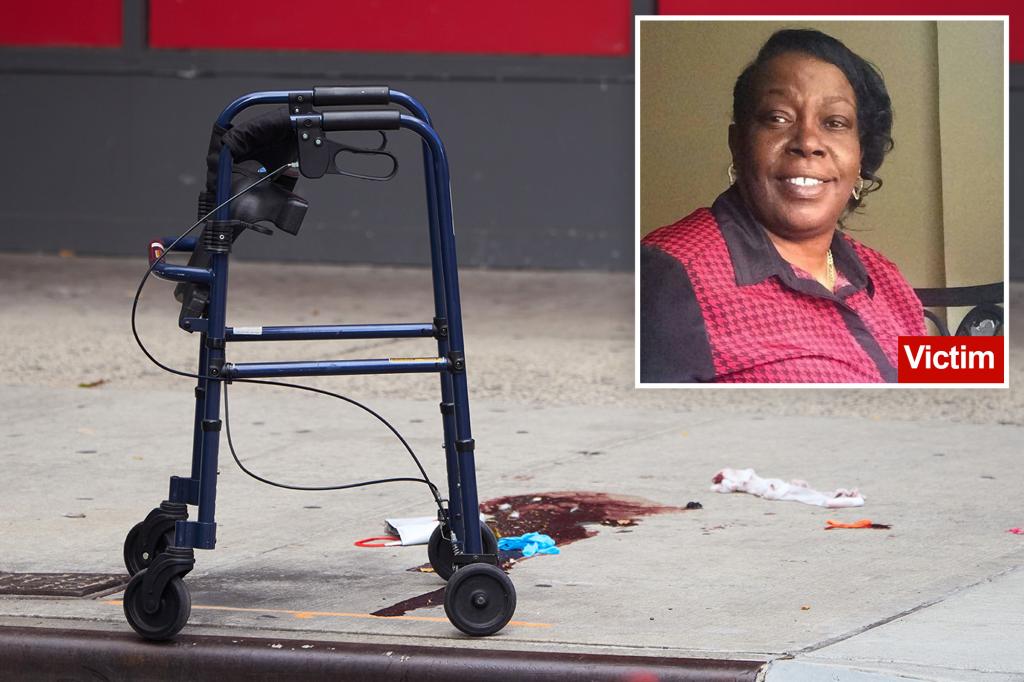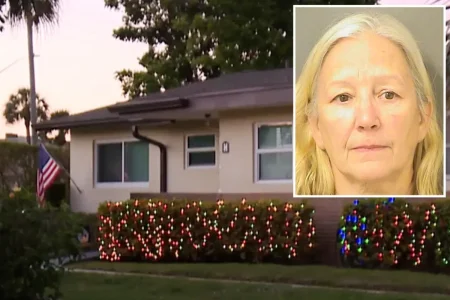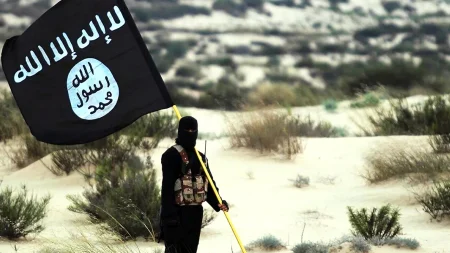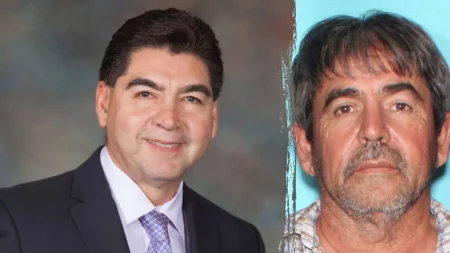Innocent Grandmother Falls Victim to Teen’s Reckless Gunfire in East Harlem
In a heartbreaking incident that underscores the rising concern of youth violence in New York City, a teenage fugitive was apprehended Thursday in connection with the tragic death of Robin Wright, a 69-year-old grandmother who was killed by a stray bullet in East Harlem. The 18-year-old suspect was captured through a coordinated effort by Homeland Security Investigations, the NYPD’s Violent Gang Task Force, and the US Marshals Regional Fugitive Task Force, bringing some measure of justice to a senseless crime that occurred in broad daylight on August 27. Wright, who was using a walker and had been taking regular walks to rehabilitate after recent surgery on her leg veins, was struck in the face by a bullet at the intersection of East 110th Street and Madison Avenue. She had simply been out getting lunch with a friend, engaging in the exercise her doctors had recommended for recovery, when she became the unintended victim of violence that reportedly stemmed from a botched marijuana robbery.
The circumstances surrounding Wright’s death reveal the tragic randomness of urban gun violence. According to law enforcement sources, the teen shooter and another suspect who remains at large had attempted to rob a man just a block away from where Wright was walking. When the robbery went awry, the would-be victim chased after the pair and opened fire. The teenage suspect and his accomplice returned fire, and in this exchange of gunshots, Wright was inadvertently struck. Her friend Juanita Arnold, who was accompanying Wright on her walk, witnessed the horrific scene unfold. “I just stood right there and watched my friend while she died,” Arnold told reporters, the pain evident in her voice. “Because she wanted lunch and couldn’t make it back? This was not necessary. That lady should’ve never died like that.” The poignancy of Arnold’s words captures the senseless nature of the violence that claimed Wright’s life – a grandmother simply trying to regain her strength through a midday walk.
Witness accounts paint a harrowing picture of Wright’s final moments. Sonya Hampton, a neighbor of Wright’s, described being present as the wounded grandmother took her last breaths. “I was just coming from the store and I heard the gunshots,” Hampton recounted. “I turned around to see where the bullets landed and she was on the floor.” Emergency services rushed Wright to Mount Sinai Morningside, but despite their efforts, she could not be saved. The community’s grief has been palpable, with friends and neighbors sharing memories of Wright and expressing outrage at the circumstances of her death. Arnold provided further context to the tragedy, explaining that Wright “was looking for her grandson to walk with her, to go get lunch. She wanted some exercise. She was rehabilitating herself and getting strength back in her legs so I asked what she wanted to do. I will walk with you to go get your lunch. And that’s what we did. She never made it back but I did.” The simple act of friendship – offering to accompany someone on a walk – now carries the weight of survivor’s guilt for Arnold.
The arrest of the teenage suspect comes amid growing concerns about youth violence in New York City. Just a day before this apprehension, five young suspects – with all but one being teenagers – were charged with murder in a separate incident: a Labor Day drive-by shooting in the Bronx that killed one man and injured four others outside a known marijuana spot. These cases exemplify a troubling pattern that has caught the attention of city officials. Mayor Eric Adams addressed this disturbing trend during an appearance on FOX 5’s Good Day New York, stating, “We’re seeing shooters becoming younger and younger. We’re seeing the direct results of some of the laws that we have passed – some of the actions, both in Albany and in the City Council.” The mayor’s comments reflect the complex interplay between policy decisions, law enforcement efforts, and community safety in addressing youth violence.
The capture of the 18-year-old suspect in Wright’s killing represents just one step in the legal process that will follow. As the investigation continues, authorities are still searching for the second suspect involved in the incident. For Wright’s family and friends, however, no arrest can truly compensate for their loss. The grandmother’s death highlights the collateral damage of urban gun violence – how disputes between armed individuals can claim the lives of innocent bystanders who have no connection to the original conflict. Wright was not the intended target; she was simply in the wrong place at the wrong time, a victim of circumstances beyond her control. Her death leaves a void in her family and community, a reminder of how quickly and arbitrarily violence can shatter lives.
This case also raises broader questions about gun violence, youth crime, and public safety in New York City. The involvement of teenagers in serious violent crimes has become a growing concern for law enforcement and community leaders alike. While the capture of suspects provides a measure of accountability, addressing the root causes of youth violence requires a multifaceted approach involving education, community resources, economic opportunities, and mental health services. As Robin Wright’s case moves through the justice system, her memory serves as both a tragic reminder of violence’s cost and a call to action for meaningful change. For a 69-year-old grandmother who was simply trying to regain her strength through a midday walk with a friend, the price of existing in a neighborhood touched by violence proved fatally high – a reality that no community should have to accept as normal.








